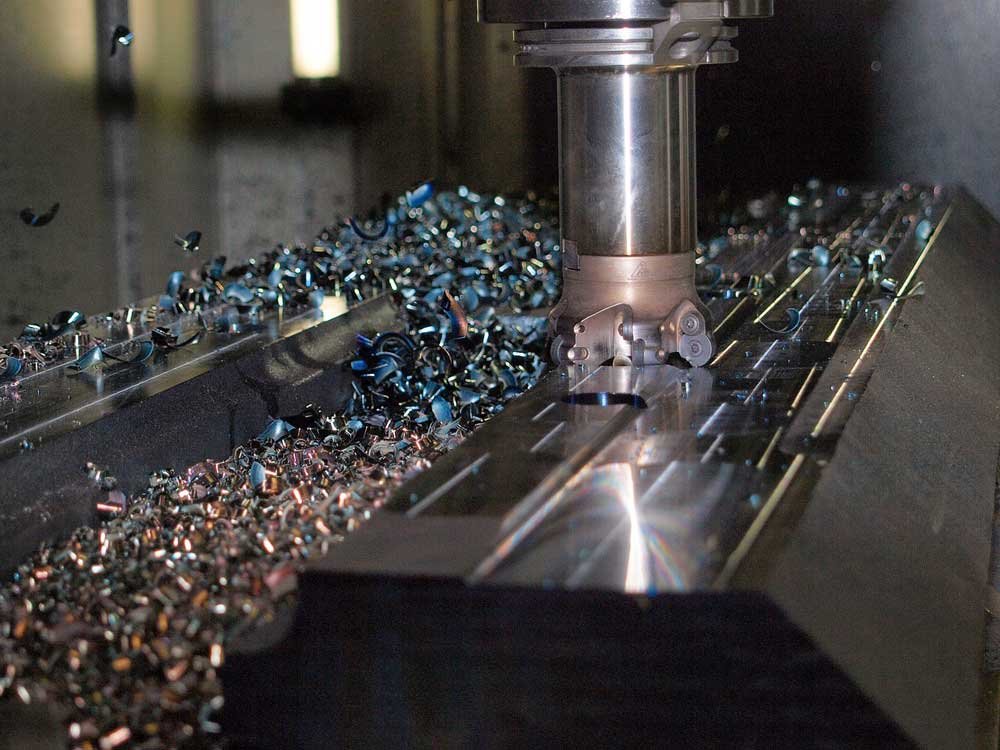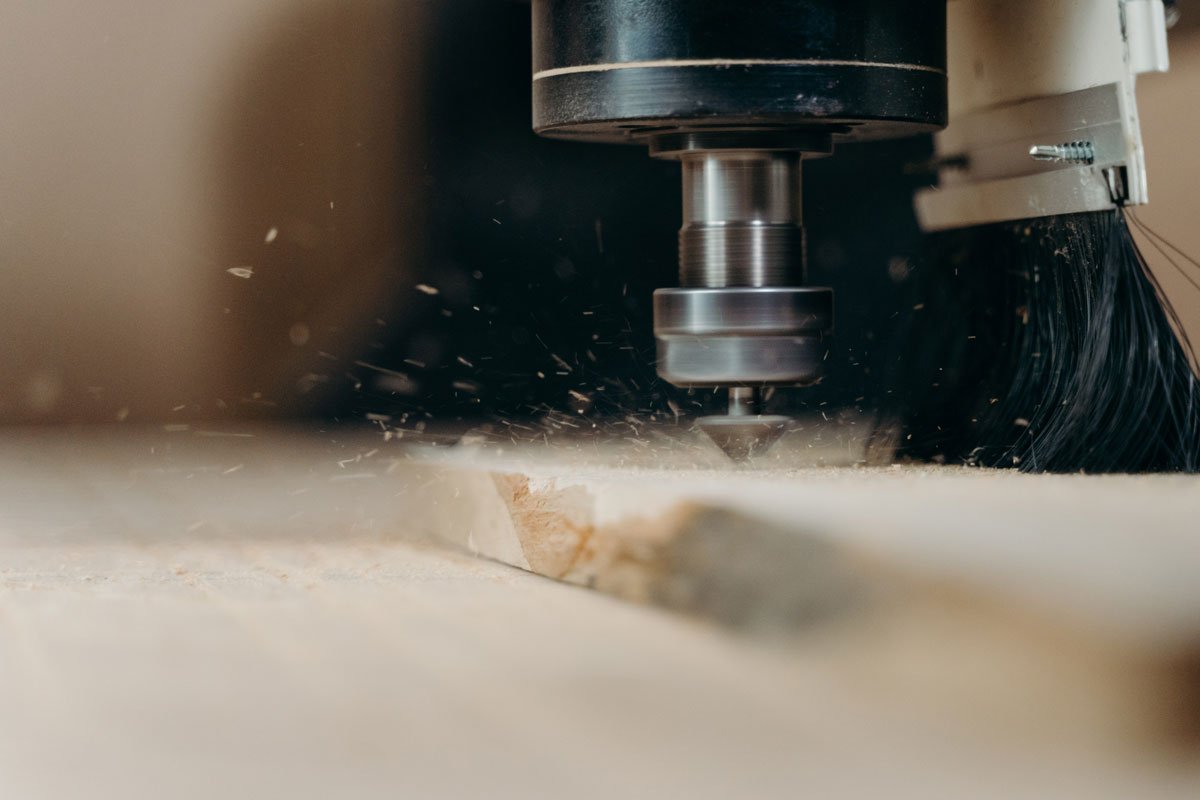A Guide to the CNC Process for Architectural Work
Computer Numeric Control (CNC) machining processes are common because of their ability for precision and automation. This makes it simple for businesses to produce accurate, high-quality goods for a variety of applications. It’s no surprise that these systems have made their way into sculpture and architecture. They have been in use since 1950 when the United States Air Force first adopted them. However, they did not become well-known in the field of architecture until the early 1990s.
CNC machining can be performed on various materials such as wood, plastics, polyurethane foams, honeycomb, and other solid surfaces. This article will look at what CNC is, how it works, and its primary use in architecture.
Understanding Computer Numeric Control
These are directives and coordinates that are supplied to a machine. It originally began with punch cards and gradually progressed to modern computers and programming languages. G-code refers to the parameters sent to the computer. They allow the user to pre-program the whole cutting process into the CNC system, instructing it on what to do at each point, where to go, when, and where to stop.
CNC has two main benefits. For starters, any program may be replicated indefinitely, which means that a computer operator is not needed to operate the machine. One operator could program and supervise hundreds of devices at the same time, all of which were manufacturing the same component to the exact requirements.
The second benefit is the high level of accuracy that CNC provides, allowing for a consistent stream of highly precise, similar components.

How to Use CNC in Architecture
Generally, the use of Computer Numeric Control in architecture is categorized in two: Machining and Modelling.
Machining
CNC equipment is used in metal manufacturing in the industrial environment. Still, an artist may produce patterns in Corian countertops almost as seamlessly as gorgeous metal accents or wooden railings. CNC design and manufacturing add a whole new set of techniques for an architect to work with, broadening the scope of architectural work.
Modelling
CNC can be used to create models and prototypes. Using a Computer Assisted Design (CAD) program, architects can build a prototype and then create cutting and machining algorithms for a CNC machine to make those templates.
As a result, the architect’s specification is extremely precise, enabling architects and other planners to truly grasp the concept. In certain instances, the same programs and methods used to produce the templates will then be used to construct the home itself, a technique known as mechanisation.
The Amalgamation of CNC Processes
Here’s a short guideline as to how CNC processes are integrated into architectural work:
- Design: The architect’s design begins with an initial concept birthed by an idea.
- CAD: A CAD program is then used to develop the concept further. At this stage, exploration of potential designs is done as CAD programs offer 3D designs.
- Computer Assisted Machining (CAM): CAM programs add flanges, run-out, and any extra data the machine requires to execute the program correctly.
- Toolpath: Additional calibrations take place within the CNC machine creating the machine’s detailed instructions.
- Implementation: Program execution and model creation occur.






Amazing guide
Thanks